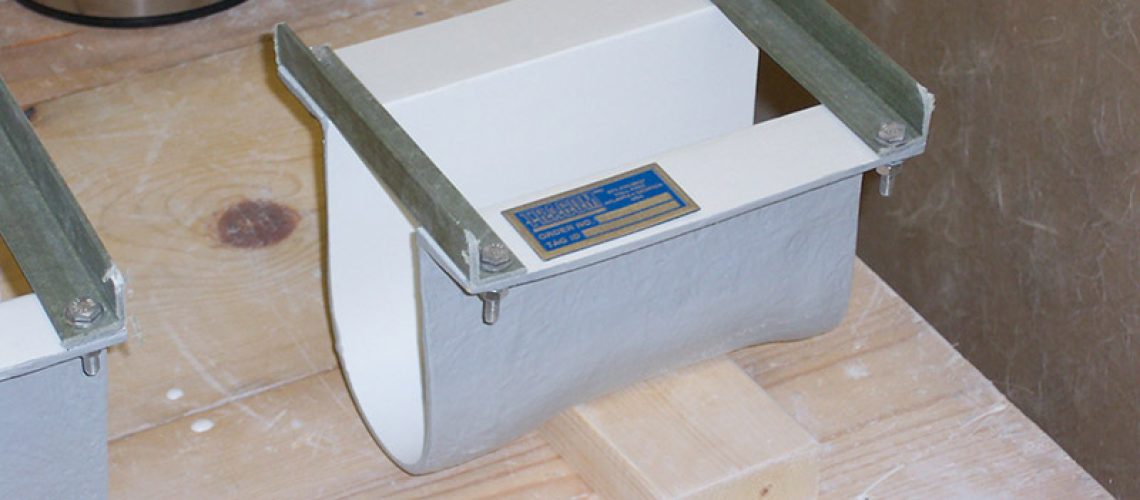Palmer-Bowlus flumes are a popular choice for a wide variety of flow measurement needs. They’re relatively easy to install and can be notably accurate when measuring flow. There are some errors, however, that can occur throughout their use that you need to watch out for to ensure accurate measurements. Learn about the most common Palmer-Bowlus flume errors.
Deposits
When you’re dealing with certain kinds of wastewater flows and/or environments, deposits can be a problem. Whether it’s dirt or other debris, deposits can settle along the flume after extended flow. When this happens, the geometry of the flume itself changes, so you have to adjust the entire equation to account for this to get accurate measurements. Of course, a better strategy is to remove the debris.
Non-Uniform Velocity
Even if your flume is free of debris, that doesn’t guarantee accurate measurements. If the approach channel is particularly rough, it could cause the flow to have a non-uniform velocity. That, in turn, will throw off your measurements. In general, the roughness of the flume and its approach should be similar to that of smooth concrete in order to keep uniform flow velocities.
Slope
The slope of a Palmer-Bowlus flume has to be specifically set to the flow rate to ensure the control point is at the downstream edge of the throat. If the slope extends too far down in the flow’s direction, that control point will move upstream. You’ll have to calibrate it in the field if you want to account for the error. If the slope extends too far upward, you can simply set the zero reference point at the highest edge of the throat ramp.
Energetic Flows
In order for a flume to provide accurate measurements, it must have a Froude number that coincides with best practices. That means the Froude number can’t be greater than 0.6. When it’s higher than that figure, your flow will develop standing waves, which can throw off measurements because they make it difficult to determine the true depth of the flow.
Low Flows
One of the most severe errors one can make is using a Palmer-Bowlus flume for low-flow applications. They’re typically reserved for implementation within manholes and piping channels with average to faster flow rates. This is because the Palmer-Bowlus design, unlike other flumes, actually becomes less accurate the lower the flow head is. If your flow head is too low compared with the throat length, you may be getting a margin of error of +/- 5%-6% on your measurements. This can be countered by using a different style of flume or a smaller-sized Palmer-Bowlus.
Find a Palmer-Bowlus Flume From Tracom
Now that you know the common Palmer-Bowlus flume errors, you can better account for them in your own applications. If you’re looking for a Palmer-Bowlus flume you can count on, Tracom has got you covered. We use only high-quality materials, and our team can help you through every step of the installation and maintenance process. Contact us today to learn more about all the flumes we have to offer.



